Monthly Archives: December 2023
THE CATHEDRAL OF THE ASSUMPTION, Cuernavaca, Morelos

In 1957 workmen were busy renovating the interior of the 16th century Cathedral of Cuernavaca and were astounded by what they found in the walls of the nave: Under layers of dirt, grime and whitewash they discovered artistic treasures—frescoes from the 1600’s were glimpsed on the original walls of the church. As the renovation progressed “the scale and extent of the murals astounded the excited researchers.” This caused a sensation in the country!
What did the murals depict? The “magnificent” murals told the story of twenty-six martyrs, crucified in Japan, one of whom was the Mexican-born Franciscan Brother Philip of Jesus. HIS STORY IS TOLD IN THE NOVEMBER 2023 ARCHIVES ON THIS WEBSITE.
The astonishing revelation of the murals created “almost a national shrine to San Felipe” who was Mexico’s first saint and martyr. And you would have to ask: “How did the young Franciscan find himself in Japan?”
In October 1596 San Felipe was on a Spanish galleon which was sailing from Manila, bound for Acapulco. San Felipe had just finished his seminary training in the Philippines and was enroute to Mexico to be ordained for the priesthood. He never made it. His ship ran into a typhoon and the unfortunate passengers were catapulted onto the coast of Japan. The friars and several laypeople aboard were taken prisoner and condemned by the overlords as “spies and heretics.” They were condemned to death by crucifixion.
The enormous frescoes (almost 75 ft. long and 25 ft. high) were painted between 1628 and 1697. They depicted the death of the martyrs in harrowing detail: Says one author, “we see his (San Felipe) arrival on the shores of Japan, the journey by boat and cart to the place of execution and finally his crucifixion.”
In 1529 the first friars arrived in Cuernavaca and established their monastery. It is not surprising that Franciscans were the first to evangelize the area. The Spanish conqueror, Cortez, was so impressed by the holiness and ascetisicm of the Fransiscan order that, after his conquest of the Aztecs in 1521, he entrusted the evangelization of the new country to them.
Construction of the church began in 1529 and was completed in 1552. Traces of the Franciscan Order can be found throughout the church. More frescoes can be found on the walls of the cloister: “The best preserved of these is the delightful lineage of St. Francis—Rows and rows of diminutive nuns and friars, each holding a name plaque.” Other frescoes in the cloister display events from the life of St. Francis. The skull and crossbones, symbol of the Order, can be found overlooking the main entrance to the cathedral.
Adjacent to the cathedral is the castle which Cortez built for his Spanish-born bride. Its size is overwhelming! It makes a first-spot for tourists to visit when they arrive in the city. But the Cathedral of the Assumption in Cuernavaca is the very next step on every tourist’s destination! It is hard to miss—its glorious tower overlooks the entire city.
PLEASE NOTE!
The name of this website has been changed to
mexicanmadonnas.com

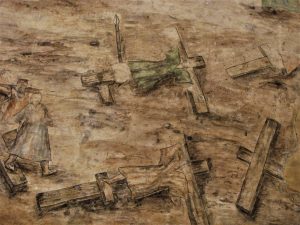
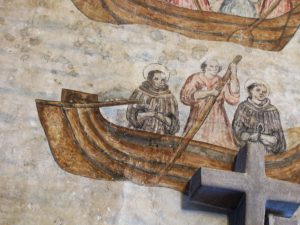
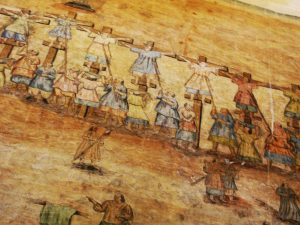
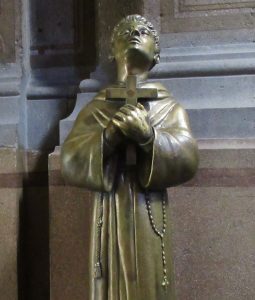
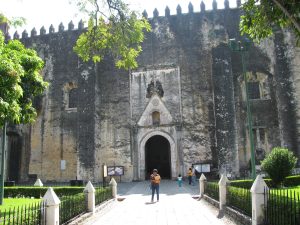
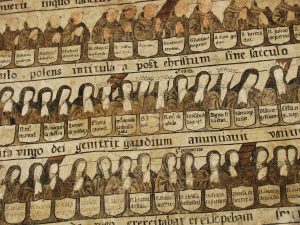
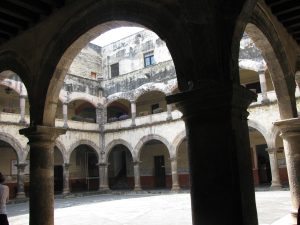


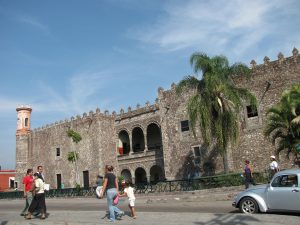
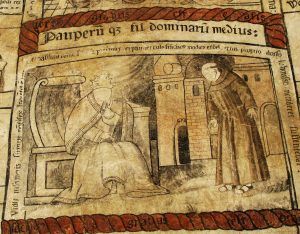
THE NAME OF THIS WEBSITE HAS BEEN CHANGED TO:
mexicanmadonnas.com